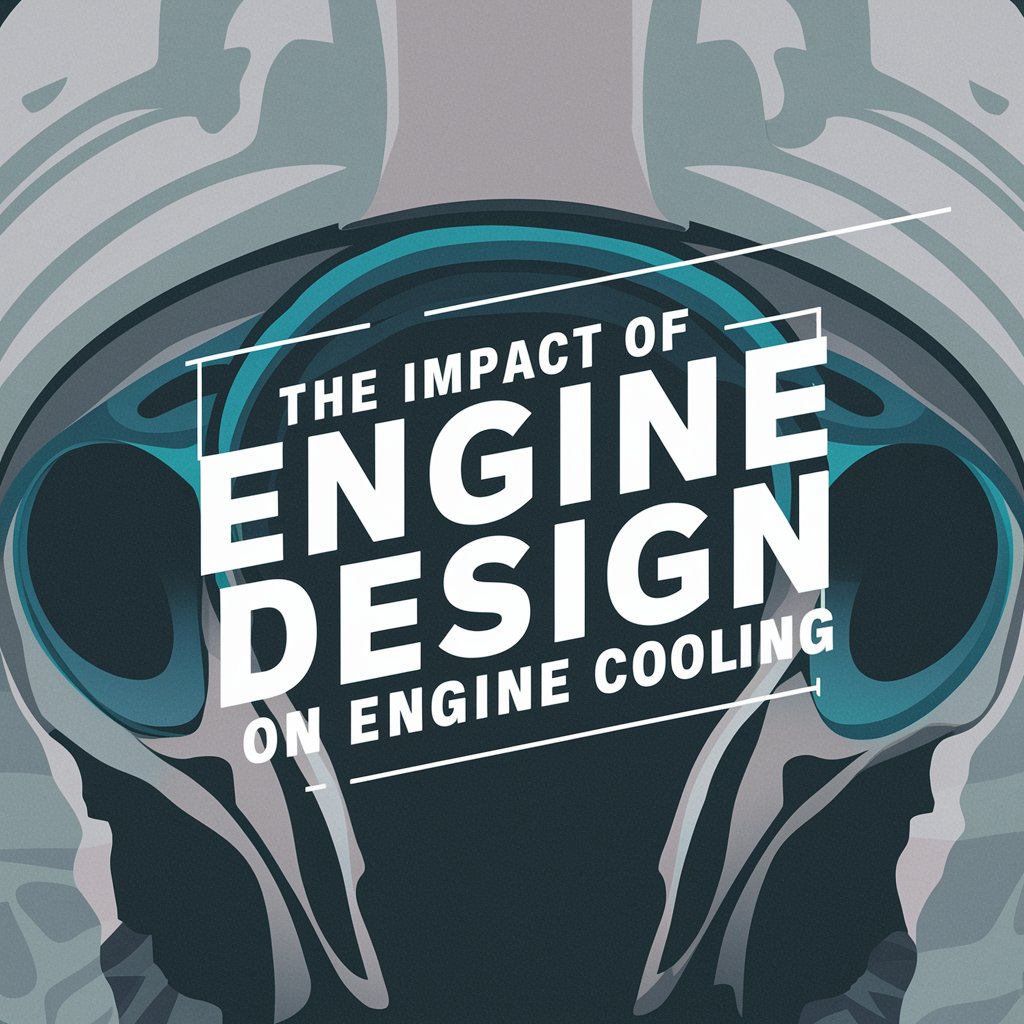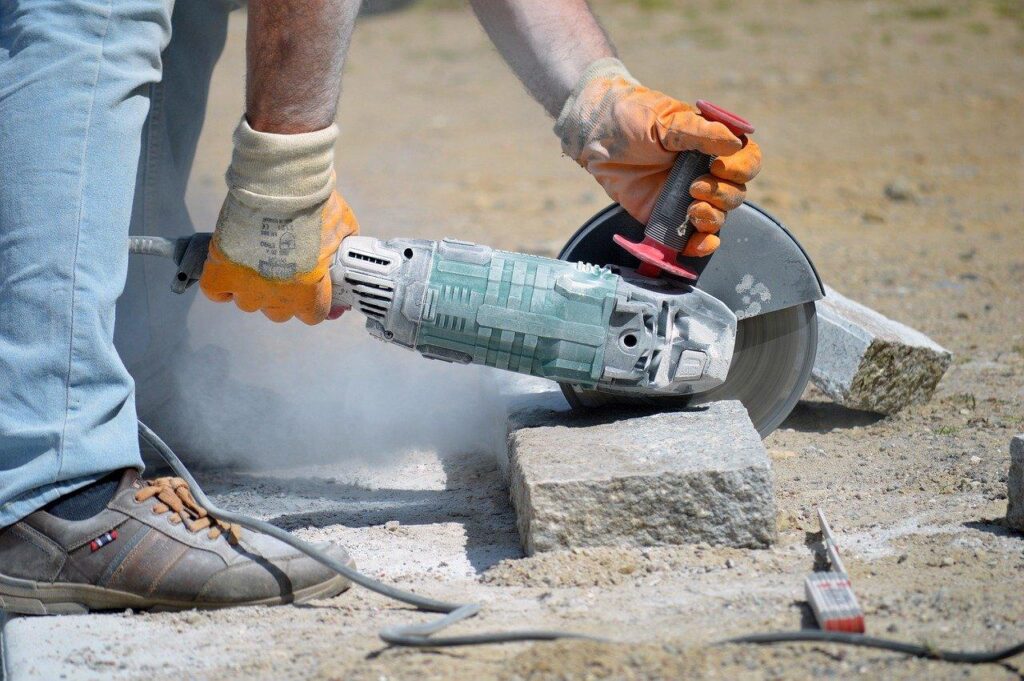Engines are the heart of any vehicle, playing a necessary role in its performance and efficiency. The design of various components significantly affects how well an engine functions. Among these components, the head of the engine stands out as particularly important. This article explores how the design of the heads in the engine influences its cooling system, contributing to its overall efficiency and longevity.
Well-designed engine heads are essential for maintaining optimal temperature levels within the engine. Effective cooling is necessary to control overheating and ensure that it operates smoothly. The impact of its design on engine cooling is a key consideration for engineers and mechanics alike, as it directly affects the vehicle’s performance and durability.
Heat Dissipation and Material Choice
The choice of materials used to construct it is fundamental to effective heat dissipation. Metals with high thermal conductivity, such as aluminium, are commonly used to enhance cooling efficiency. The material’s ability to transfer heat away from critical areas helps maintain a stable temperature within the engine. This is crucial for preventing overheating, which can lead to significant damage.
Additionally, advanced materials and alloys are often incorporated into the engine head design to improve heat resistance and durability. The careful picking of these materials ensures that the head can withstand high temperatures and prolonged use without degrading. This enhances the overall reliability and lifespan of it.
Design and Surface Area
The surface area of it plays a significant role in its cooling capabilities. A larger surface area allows for better heat dissipation, as more heat can be transferred away from the engine. Innovative designs often incorporate fins or other structures to increase the surface area without adding significant weight. These features help to improve airflow and enhance the cooling process.
By optimising the surface area and incorporating efficient cooling features, engineers can create heads that maintain lower temperatures even under demanding conditions. This ensures that it functions efficiently and reduces the risk of overheating, which can compromise performance.
Fluid Dynamics and Coolant Flow
The design of passages within them also influences cooling efficiency. Properly designed channels ensure the coolant flows smoothly and evenly throughout the engine. This uniform distribution of coolant helps to maintain consistent temperature levels, preventing hot spots that could cause damage.
Engineers often use computational fluid dynamics (CFD) simulations to optimise the design of these channels. By analysing the coolant flow within the head, they can identify areas where progress can be made. This meticulous approach results in designs that maximise cooling efficiency and enhance the overall performance.
Combustion Chamber Configuration
The configuration of the combustion chamber is another factor that impacts cooling. A well-designed combustion chamber promotes efficient fuel combustion and reduces heat generation. By optimising the shape and size of the chamber, engineers can minimise heat buildup and improve the thermal efficiency.
Advanced design techniques, such as 3D printing and computer-aided design (CAD), allow precise control over the configuration of the combustion chamber. This ensures the head can effectively manage heat generation and maintain optimal temperature levels. The result is an engine that performs reliably and efficiently, even under high-stress conditions.
Thermal Management Technologies
Modern engine heads often incorporate advanced thermal management technologies to enhance cooling. These technologies may include integrated cooling systems, thermal coatings, and heat exchangers. By leveraging these innovations, engineers can create them that effectively dissipate heat and maintain stable temperatures.
For example, thermal coatings can be applied to critical areas of the head to improve heat resistance and reduce thermal stress. Integrated cooling systems, such as water jackets, provide additional cooling capacity and help to maintain consistent temperature levels. These technologies represent the cutting-edge of its design, ensuring that engines can operate at peak performance.
The design of engine heads significantly impacts its cooling system, influencing its performance, efficiency, and durability. Engineers can create them that effectively dissipate heat and maintain stable temperatures by optimising several aspects. The impact of the design on engine cooling cannot be exaggerated, as it plays a critical role in providing the longevity and reliability of engines.





